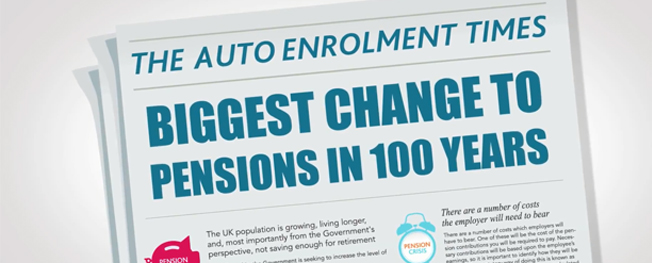Wage earners, low and high-income brackets, are given the chance to save more when they retire. The new mandate, across the region, postulates that employers have an auto-enrolment scheme for their workers to enforce savings. With this new programme for the employers and employee to undertake, it is best to know some of the responsibilities attached to it.
For the employers, the auto-enrolment responsibilities is to enrol the new employees who are not registered in the workplace pension scheme and those over 22 years of age and above. Further, the employers continuously assess their workplace; conduct a review of the pension arrangements, to communicate all the changes concerning the statutory timeline in accordance with the staging date. Most importantly, employers need to register with the pension’s regulator and keep a second copy for audit purposes. Pay the contributions to worker’s pension.
The auto-enrolment is a relief for the employees because saving is guaranteed. Secondly, the salary deduction is not subjected to any tax. Therefore, the employees can enjoy the full contribution to the pension plan, including the employer’s share. On the other hand, employees are still given the chance to opt-out from the auto-enrolment if he or she wishes to. When this happens, the employee should be responsible for saving for her retirement but it will not include the share from the employer.
The auto-enrolment is a win-win move for the employer and the employees because it guarantees more savings for the workers. Pensions are good investments, and the savings are beneficial when the productive years are over. On the other hand, the employers also benefit from the auto-enrolment of pension as their share is not subjected to any tax as well.
In conclusion, the auto-enrolment of contributions is a practical solution for wage earners to have a financial freedom when they retire.
